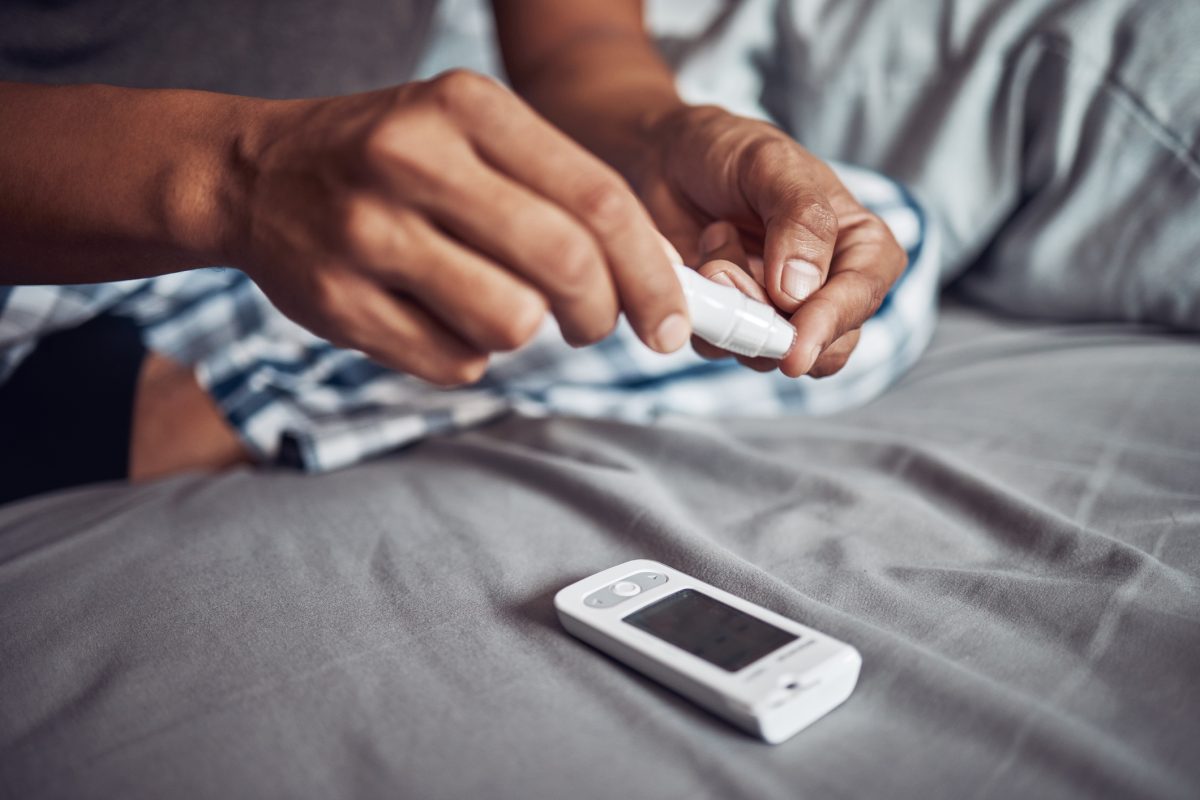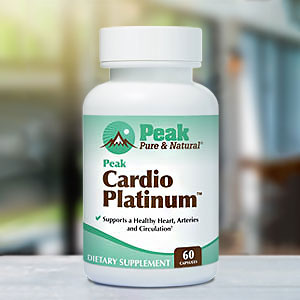If you’re living with type 2 diabetes (T2D), you probably already know how important it is to take steps to keep your arteries healthy.
That’s because microvascular diseases like retinopathy, known as diabetic vision loss, and nephropathy, which can lead to kidney failure, are major contributors to complications associated with T2D.
It’s a significant reason your doctor will recommend you follow a healthy diet and exercise regularly.
But if your doctor hasn’t also talked to you about your sleep, you could be missing a crucial step in supporting the health of your arteries.
That’s because, according to research presented at the Annual Meeting of the European Association for the Study of Diabetes, sleep plays a vital role in keeping arteries healthy, especially in people with T2D.
And too much or too little could set you on the road for arterial damage, and all that comes with it…
The Goldilocks principle of sleep duration
Researchers aimed to explore the relationship between sleep duration and the presence of microvascular disease in individuals newly diagnosed with T2D.
They recruited 396 participants and measured their sleep duration for 10 nights. The classification for sleep duration was split into three groups:
- Short – Less than seven hours of sleep
- Optimal – Getting seven to nine hours a night
- Long – Sleeping nine hours or more each night
Microvascular damage was also assessed among participants and compared to their sleep habits.
The researchers found a true Goldilocks principle at work: Those who slept not too little, not too much, but just the right amount were the least likely to experience poor arterial health.
The numbers showed that while the prevalence of microvascular damage was 38% in the short sleep group and 31% in the long sleepers, it was only 18% in people who found the right balance and slept optimally.
When everything was calculated, this meant that short sleep duration was significantly associated with a 2.6 times higher risk of microvascular disease than optimal sleep duration.
And sleeping too long each night was associated with a 2.3 times increased risk of microvascular disease compared to optimal sleep duration.
Microvascular/sleep risk increases with age
Even worse, the researchers found that the dangers of sleeping too much or too little went up as a person with diabetes gets older.
The research showed that for those under 62 years old with T2D, short sleep duration increased the risk of microvascular damage by 23%.
However, those 63 and older saw their risk for microvascular damage climb by 5.7 times compared to optimal sleep duration.
The researchers’ conclusion?
“Age amplifies the association between short sleep duration and microvascular disease, suggesting increased vulnerability among older individuals.”
Finding your sleep balance
So, if you’re living with T2D and want to keep your arterial health on track, do what Goldilocks did and find the sleep sweet spot.
A few tips to help include:
- Go to bed and get up at the same time each day – Sticking to a sleep schedule can help you regulate your patterns and get the proper amount of rest.
- Banish devices from the bedroom – Phones and tablets can be a distraction and a light source that can keep you from getting the rest you need.
- No sugar or caffeine after 6:00 p.m. – Caffeine and refined sugar can lead to short-term energy bursts that make your mind race when you want to sleep or wake you up once you’ve fallen asleep.
- Don’t exercise late – Exercise is best in the morning or afternoon. If possible, skip physical activity that stimulates the body after 7 p.m.
- Try natural sleep aids – Supplements like melatonin can help you get your zzz’s and provide numerous other health benefits. L-theanine, an amino acid found in green tea, is also a great option and a powerhouse for fighting off the stress that keeps you up at night.
- Consider supporting the health of your arteries with vitamin K2. You can read more about its protective effects here.
Sources:
Study finds short and long sleep duration associated with blood vessel damage in those recently diagnosed with type 2 diabetes – EurekAlert!
Read full article here




